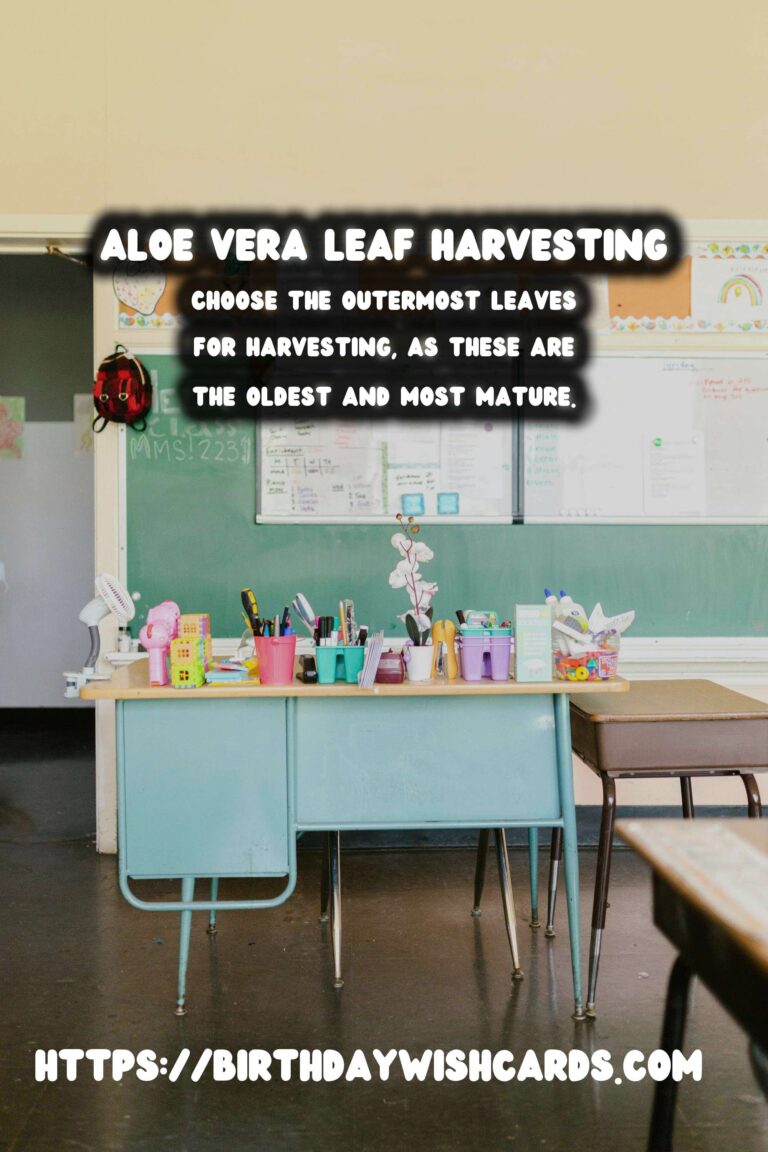
Aloe Vera is a versatile and easy-to-grow plant that offers numerous benefits, from enhancing skincare routines to providing natural remedies for minor burns and cuts. Properly caring for Aloe Vera, especially when it comes to harvesting its leaves, ensures that the plant remains healthy and continues to thrive. In this guide, we will explore the best practices for harvesting Aloe Vera leaves and maintaining the plant’s health.
Understanding Aloe Vera
Aloe Vera is a succulent plant that belongs to the Asphodelaceae family. It’s known for its thick, fleshy leaves that contain a gel-like substance rich in vitamins, enzymes, and amino acids. This gel is widely used for its soothing and healing properties.
The plant is native to arid regions and has adapted to store water within its leaves, making it drought-resistant. Aloe Vera thrives in well-drained soil and requires minimal care, making it a popular choice for both indoor and outdoor gardening.
When to Harvest Aloe Vera Leaves
Timing is crucial when harvesting Aloe Vera leaves to ensure the plant remains healthy. It’s best to wait until the plant is mature, which typically takes about three to four years. A mature Aloe Vera plant will have several plump, healthy leaves.
Look for leaves that are thick, green, and at least 8 inches long. These leaves are more likely to be filled with the beneficial gel. Avoid harvesting leaves that are yellow or brown, as they may indicate the plant is under stress or unhealthy.
Steps for Harvesting Aloe Vera Leaves
1. Select the Right Leaves: Choose the outermost leaves for harvesting, as these are the oldest and most mature. This also allows the plant to continue growing new, healthy leaves from the center.
2. Use Clean Tools: Ensure you use a sharp, clean knife or scissors to cut the leaves. This prevents any potential infection or damage to the plant.
3. Cut Close to the Base: Make a clean cut near the base of the plant, as close as possible without damaging the main stem. This helps the plant heal quickly and reduces the risk of infection.
4. Allow Time for Healing: After harvesting, let the cut end of the leaf sit for a few minutes to allow the sap to seal the wound naturally. This helps prevent any potential infection to the plant.
Caring for Aloe Vera Post-Harvest
After harvesting, it’s essential to continue caring for your Aloe Vera plant to promote new growth. Ensure the plant is in a well-draining potting mix and receives adequate sunlight. Too much direct sunlight can cause the leaves to become sunburned, so it’s best to provide filtered light or partial shade.
Water the plant sparingly, allowing the soil to dry out completely between waterings. Overwatering can lead to root rot, a common issue with succulents.
Benefits of Aloe Vera Gel
The gel extracted from Aloe Vera leaves can be used in various ways, thanks to its soothing and moisturizing properties. It is commonly used in skincare to treat sunburns, hydrate the skin, and reduce inflammation. Additionally, the gel can be applied to minor cuts and abrasions to promote healing.
Aloe Vera gel is also a popular ingredient in hair care products, as it helps to condition and strengthen hair. It can be applied directly to the scalp to reduce dandruff and promote a healthy scalp environment.
Moreover, Aloe Vera is known for its potential digestive benefits when consumed in appropriate forms. However, it’s essential to consult with a healthcare professional before ingesting Aloe Vera products.
Conclusion
Harvesting Aloe Vera leaves is a straightforward process that, when done correctly, ensures the continued health and vitality of the plant. By selecting mature leaves, using clean tools, and providing proper post-harvest care, you can enjoy the benefits of Aloe Vera for years to come. With its myriad uses and ease of care, Aloe Vera remains a popular and beneficial addition to any home or garden.
Aloe Vera is a versatile and easy-to-grow plant with numerous benefits. Timing is crucial when harvesting Aloe Vera leaves to ensure the plant remains healthy. Choose the outermost leaves for harvesting, as these are the oldest and most mature. Ensure the plant is in a well-draining potting mix and receives adequate sunlight. Harvesting Aloe Vera leaves is straightforward and ensures the plant’s continued health. 


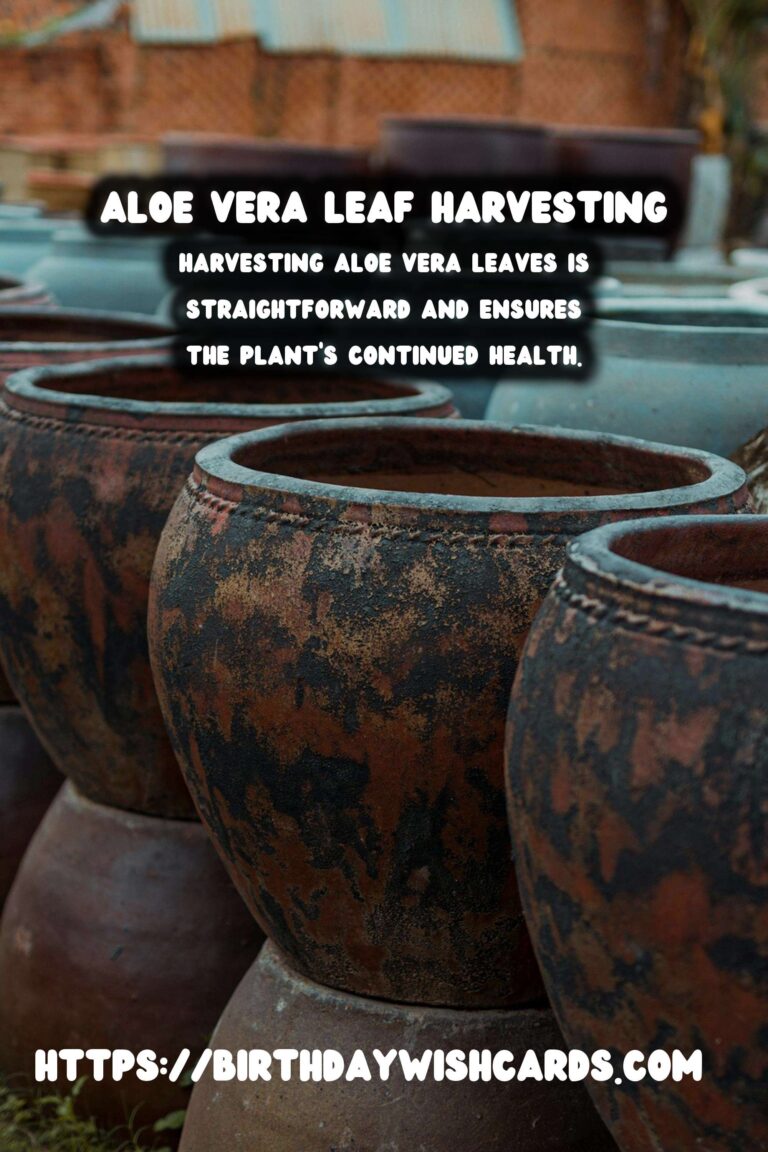
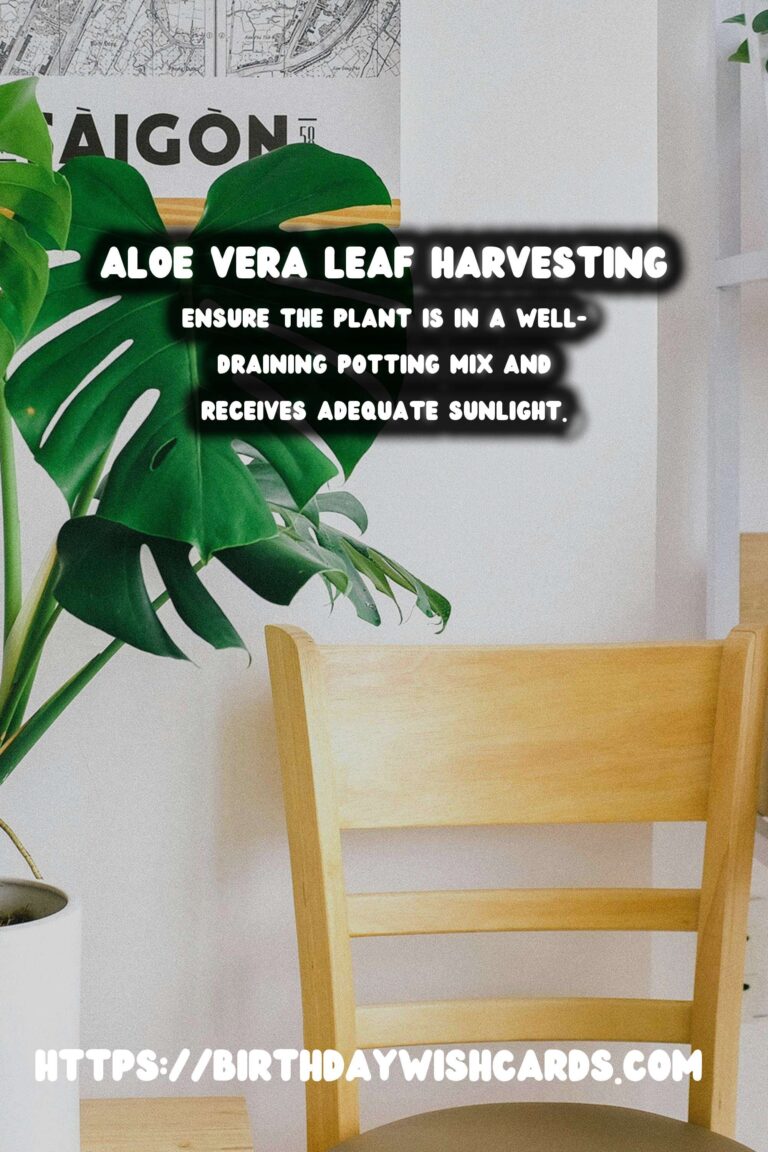

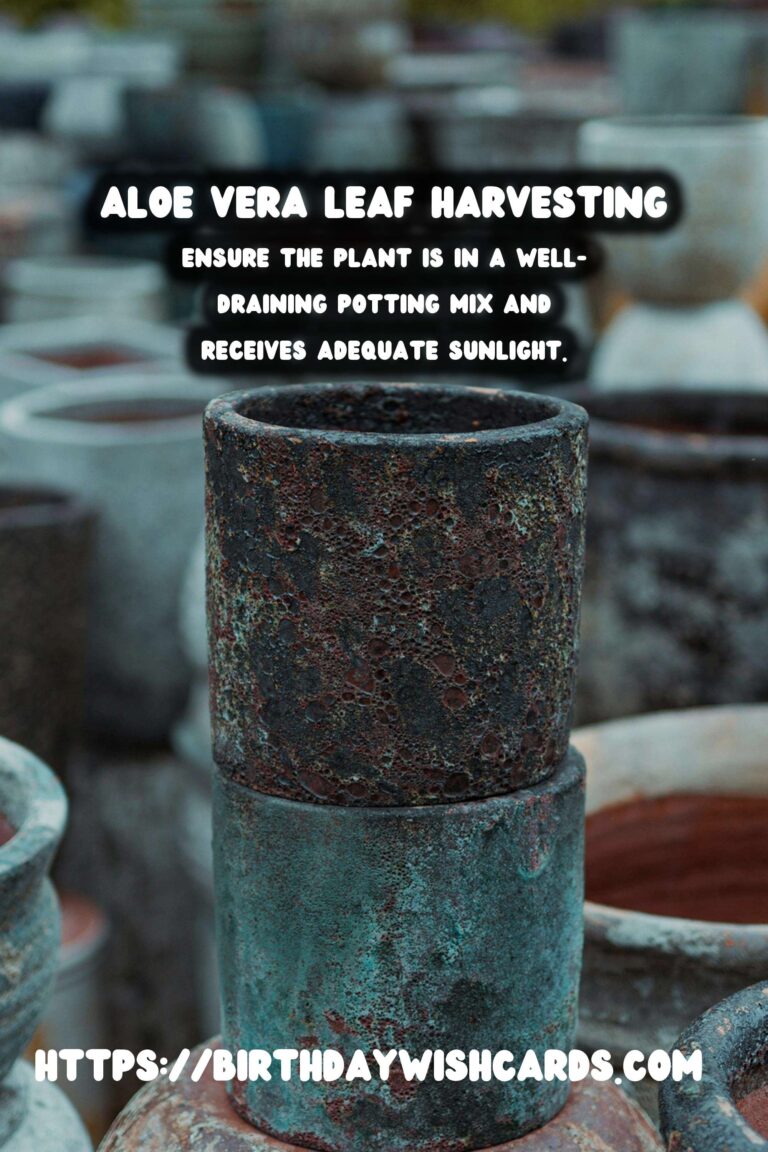

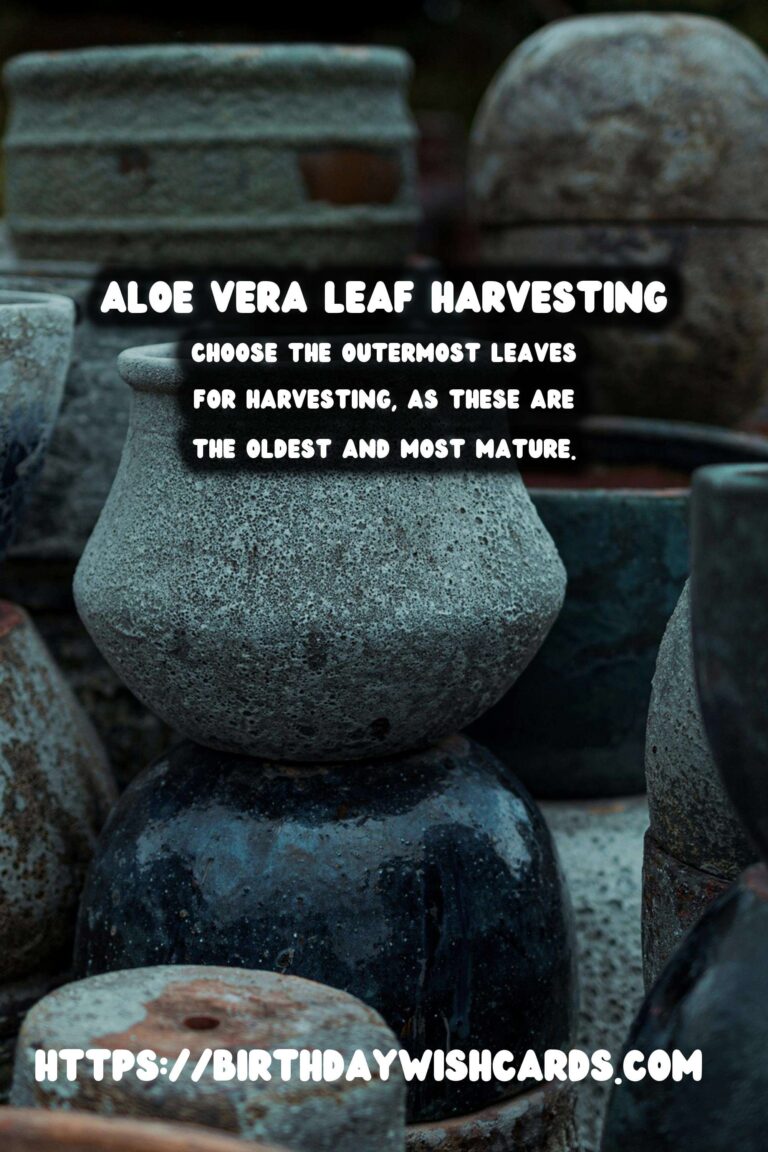
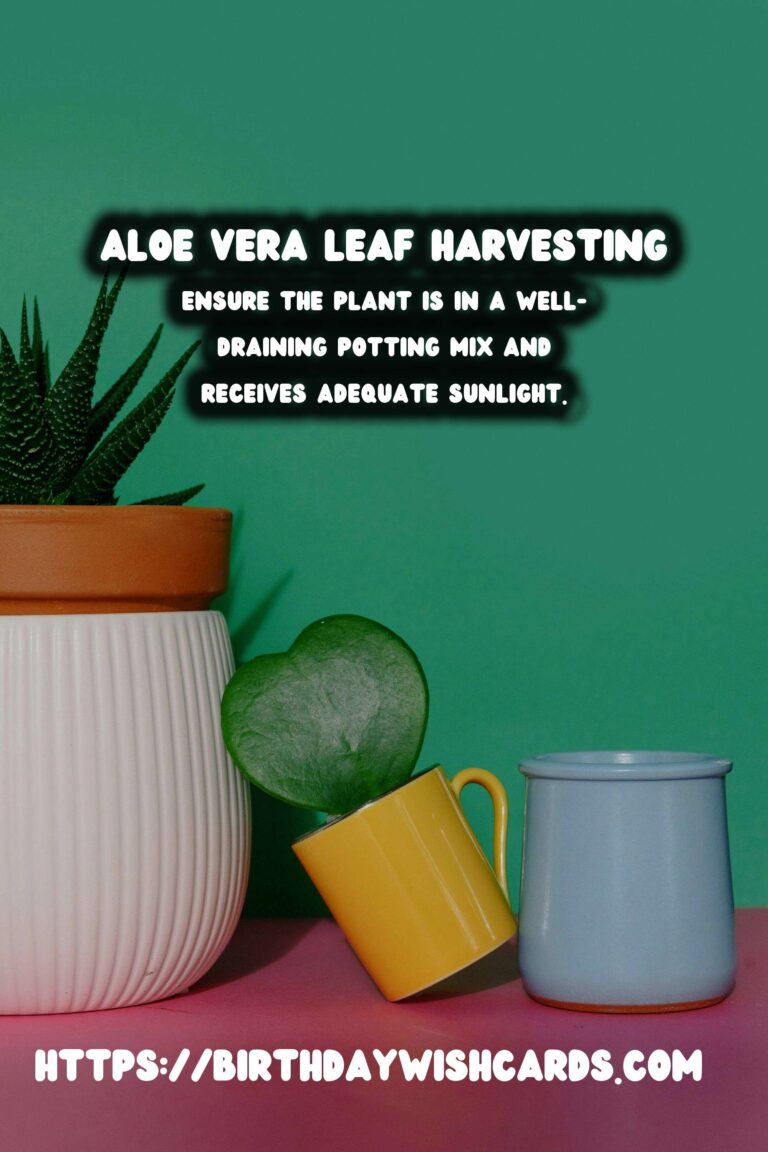
#AloeVera #Gardening #PlantCare #Harvesting #Skincare




